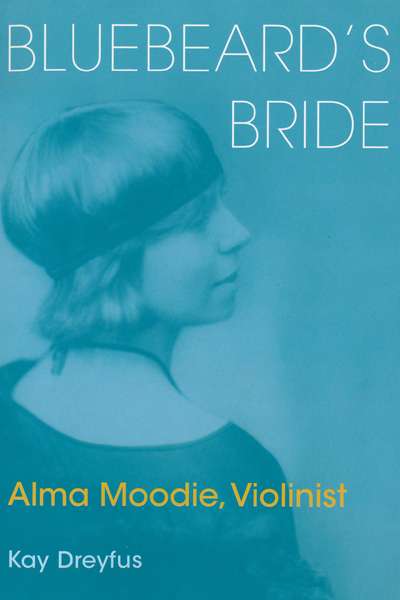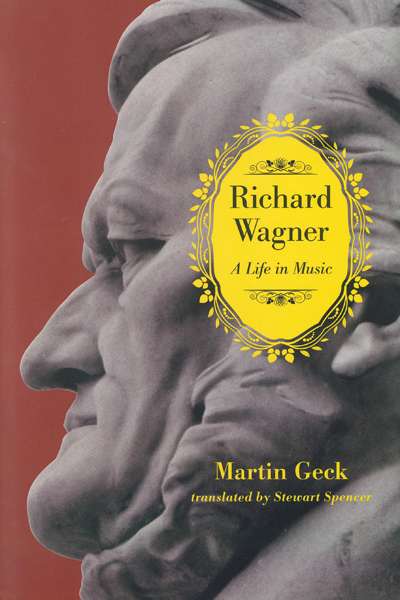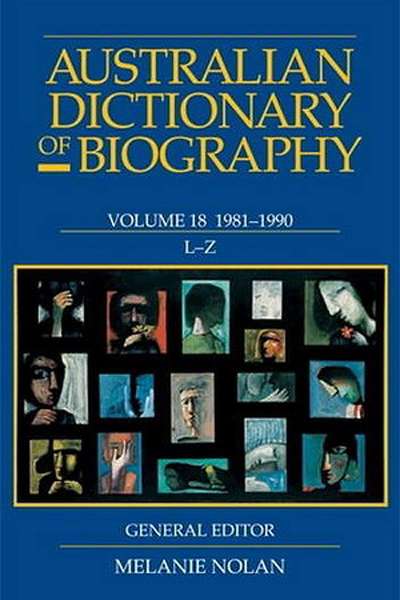Biography
Bluebeard's Bride: Alma Moodie, Violinist by Kay Dreyfus
by Sheila Fitzpatrick •
Richard Wagner: A Life in Music by Martin Geck (translated by Stewart Spencer)
by Robert Gibson •
Australian Dictionary of Biography, Volume 18: 1981–1990 (L–Z) edited by Melanie Nolan
by Brian Matthews •
Henry Friendly: Greatest judge of his era by David M. Dorsen
by Michael Crennan •
An Unqualified Success: The extraordinary life of Allan Percy Fleming by Peter Golding
by Graeme Powell •
Gardens of Fire: An Investigative Memoir by Robert Kenny
by Ian Gibbins •
Derrida: A Biography by Benoît Peeters, translated by Andrew Brown
by Shannon Burns •










